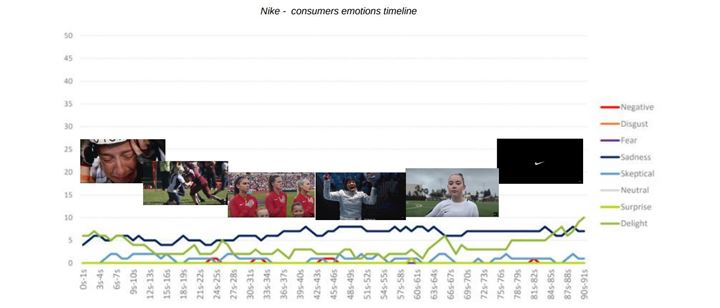CoolTool Blog
![[PDF] Neuromarketing Research: How to Measure Advertising Effectiveness To Influence Consumer Behavior](http://dqr1c0kunih5r.cloudfront.net/BlogEntry/BlogEntry_235215031/Img_b314402d0b2b4f70bc31fbbf22668962.jpg)
[PDF] Neuromarketing Research: How to Measure Advertising Effectiveness To Influence Consumer Behavior
The big brand advertising machine is a hard-to-manage, multi-headed beast.
Such rich and successful companies face a particularly sophisticated marketing challenge. The process of advertising production is fraught with nuances such as quality responsibility before millions of consumers, brand identity that should stay unwavering, and strong messages that should provoke the desired emotions (Emotional Marketing: 7 Basic Emotions and How Brands Provoke them with Video Content).
When we talk about advertising, we assume a demonstration of some goods. In fact, when creating a good advertisement you need to keep in mind things of a completely different level.
Consumers don’t want things, they want to be happier, more successful, more loved.
Emotions often become a sticking point in marketing strategy. The success of a brand is impossible without a strong emotional appeal. Gillette never talks about washing or shaving, it talks about dreams and success. Nike doesn't describe shoes, it talks about how to be unbeatable and unstoppable.
We at CoolTool have conducted a marketing case study of the recent much-talked-of Gillette and Nike ad campaigns to discover how they used emotions with strong messages: Gillette wants men to become better than they are (WE BELIEVE: THE BEST MEN CAN BE campaign). Nike convinces women they can more then they think (DREAM CRAZIER campaign).
Measuring the effectiveness of emotional marketing efforts requires more powerful research tools than surveys (Get to know more from our pdf 'How And Why Measure Customers’ Emotional Responses'). We used a neuromarketing approach with its technologies to measure human emotions and subconscious reactions: Facial coding and implicit tests.

Based on our analysis, it seems the video didn't provoke strong emotions. Usually, 15-35% of users have positive emotions watching such commercials, but in this case, we can see only about 10% of 'happy viewers'. The prevailing emotion of this video is sadness. But was it sadness in reality? We'll be able to check it using open-ended questions in surveys (see the full case study below to get to know what we've uncovered). Spoiler: The analysis of implicit reactions showed that this video positively influenced men regardless of their 'angry' answers.
Check what other valuable consumer insights we’ve discovered using neuromarketing technologies. Download your case study on our Resources page.
Conduct your own neuromarketing studies at CoolTool and get amazing insights on your commercials as well.
Read also
Neuromarketing Studies: 3 Newest Examples That Marketers Can't Afford to Miss
[Case Study] Do People Trust Facebook? Survey VS Implicit Test results

